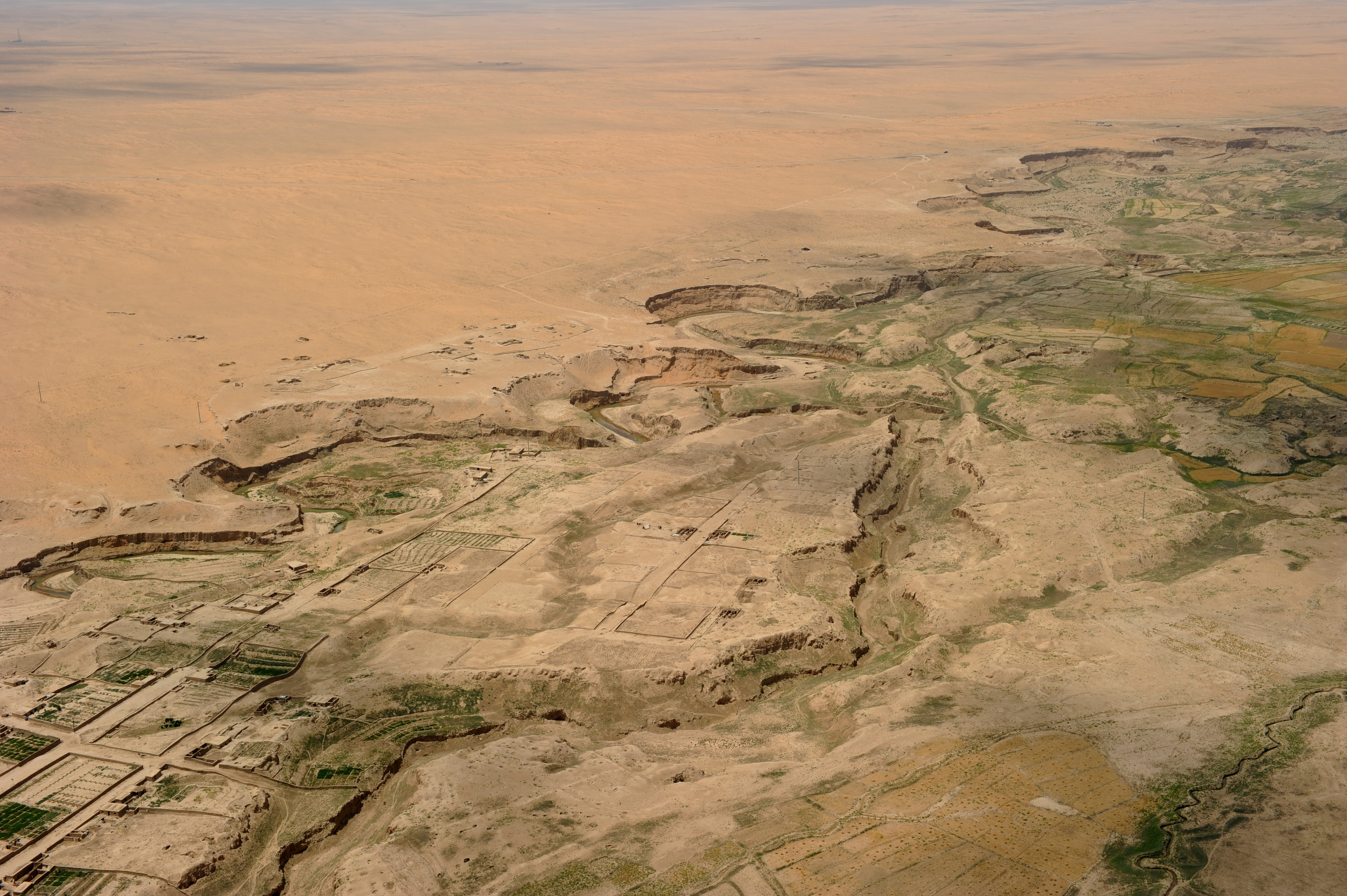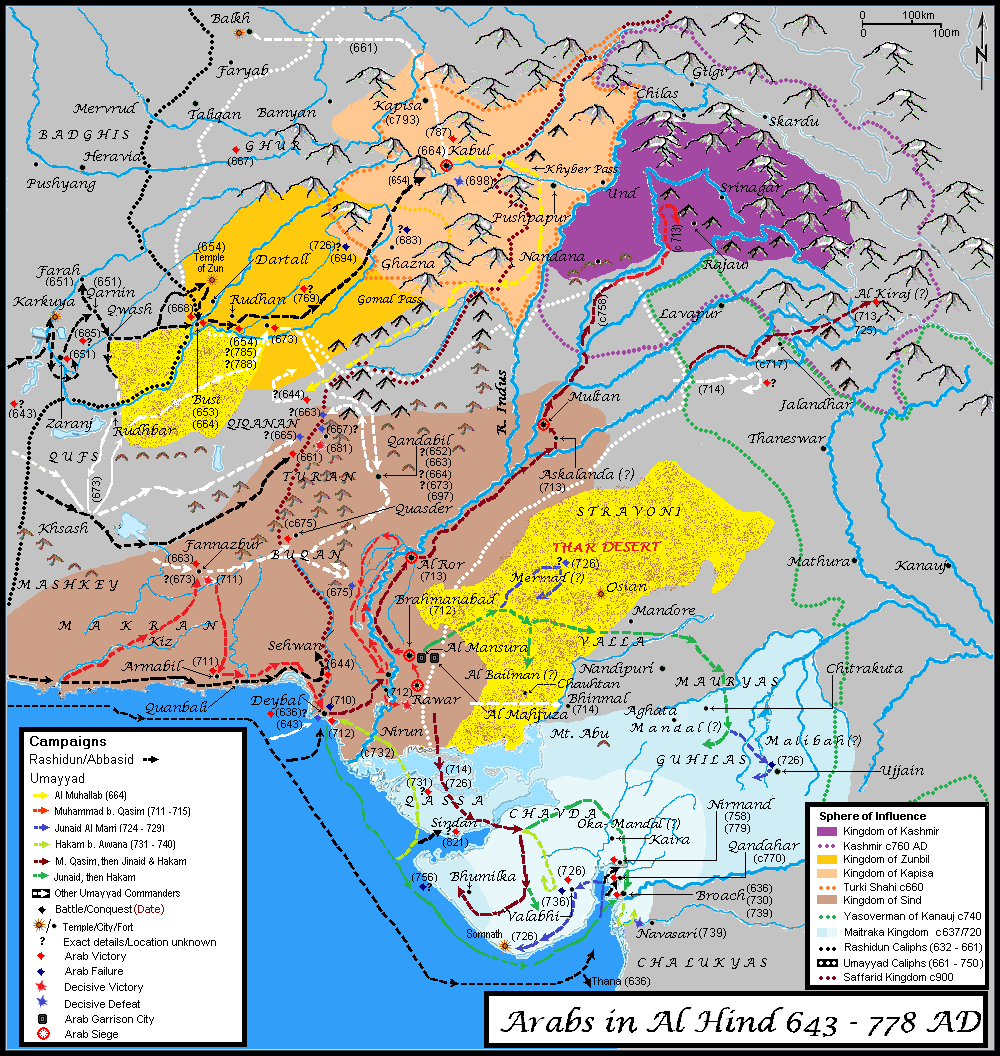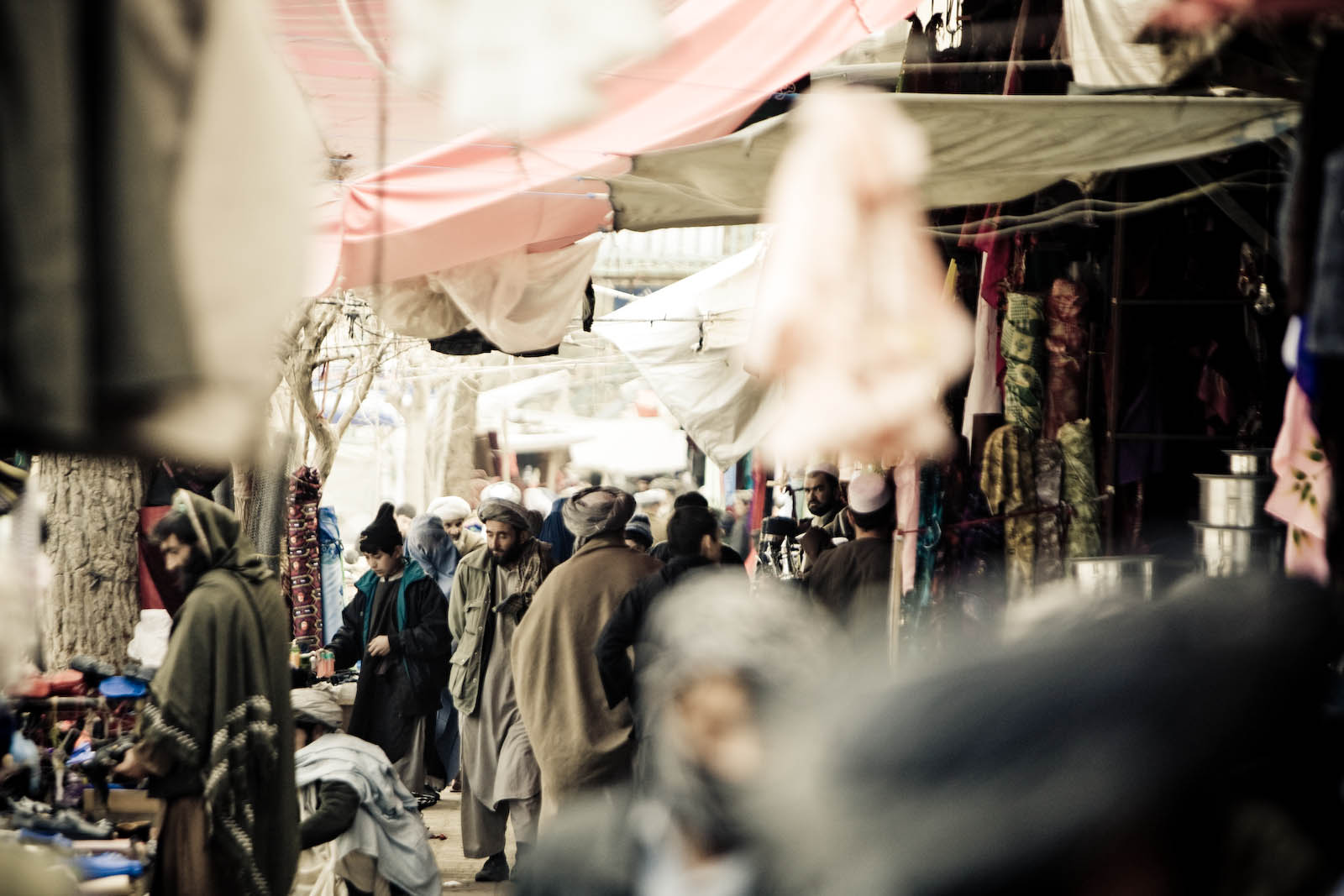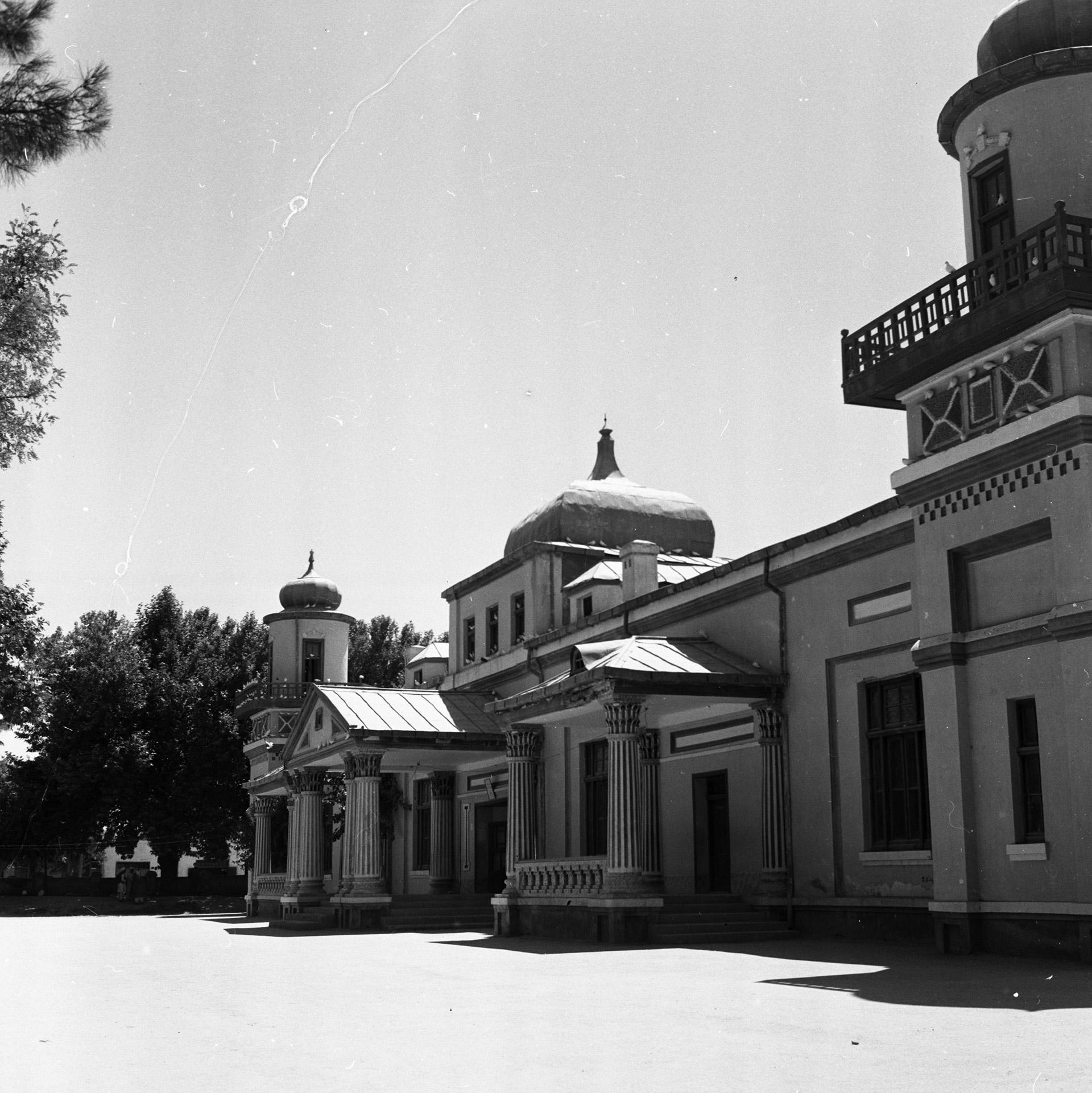|
Guzgan
Guzgan (, also known as Gozgan, Guzganan or Quzghan) was a historical region and early medieval principality in what is now northern Afghanistan. Etymology The area was known as "Guzgan" or in the plural form "Guzganan". Orientalist Vladimir Minorsky derived the name from a word meaning "walnut", a product for which the area is still known today. The 19th-century scholar Henry George Raverty suggested that the plural form emerged from the division of the country in two parts by the river Murghab. Geography The boundaries of Guzgan were never well defined and fluctuated wildly over time. They certainly bear no relation to the modern administrative boundaries of Jowzjan Province, named after it, or the neighbouring Faryab Province, but historically included the lands around the towns of Maymana (capital of Faryab province), Andkhuy, Shibarghan (capital of Jowzjan Province) and Sar-e Pol (capital of the namesake province). Lying on the transition zone between the Central Asi ... [...More Info...] [...Related Items...] OR: [Wikipedia] [Google] [Baidu] |
Tokhara Yabghus
The Tokhara Yabghus or Yabghus of Tokharistan () were a dynasty of Western Turks, Western Turk–Hephthalites, Hephthalite sub-kings with the title "Yabghus", who ruled from 625 CE in the area of Tokharistan north and south of the Amu Darya, Oxus River, with some smaller remnants surviving in the area of Badakhshan until 758 CE. Their legacy extended to the southeast where it came into contact with the Turk Shahis and the Zunbils until the 9th century CE. Territorial expansion The Turks initially occupied the area of north of the Oxus (Transoxonia, Sogdiana) following their destruction of the Hephthalites in 557–565 CE through an alliance with the Sasanian Empire. The Sasanians, on the other hand, took control of the area south of the Oxus, with Chaganiyan, Sind, Bust, Rukhkhaj, Zabulistan, Tokharistan, Turistan and Balistan being transformed into vassal kingdoms and principalities. After this time, a tense Turco-Persian border existed along the Oxus, which lasted several decades ... [...More Info...] [...Related Items...] OR: [Wikipedia] [Google] [Baidu] |
Zunbils
Zunbil, also written as Zhunbil, or Rutbils of Zabulistan, was a royal dynasty south of the Hindu Kush in present southern Afghanistan region. They were a dynasty of Hephthalite origin. They ruled from circa 680 AD until the Saffarid conquest in 870 AD. The Zunbil dynasty was founded by Rutbil (Turkic: ''Iltäbär''), the elder brother of the Turk Shahi ruler (either Barha Tegin or Tegin Shah), who ruled over the Hephthalite kingdom from his capital in Kabul.Andre Wink, '' Al-Hind, the Making of the Indo-Islamic World'', Vol.1, (Brill, 1996), 115;"''"The Zunbils of the early Islamic period and the Kabulshahs were almost certainly epigoni of the southern-Hephthalite rulers of Zabul.''" The Zunbils are described as having Turkish troops in their service by Arabic sources like ''Tarikh al-Tabari'' and '' Tarikh-i Sistan''. However the term "Turk" was used in an inaccurate and loose way. The faith of this community has not been researched as much. According to the interpretation o ... [...More Info...] [...Related Items...] OR: [Wikipedia] [Google] [Baidu] |
Turk Shahis
The Turk Shahis were a dynasty of Western Turk, or mixed Turco-Hephthalite origin, that ruled from Kabul and Kapisa to Gandhara in the 7th to 9th centuries AD. They may have been of Khalaj ethnicity."The new rulers of Kabul, who according to me were Khalaj Turks, extended their rule over the former territory of the Kapisi kingdom apisa to Gandhara while a branch of them became independent in Zabulistan. A Korean monk Huichao (慧超) who visited these regions in the third decade of the 8th century, reported that both regions were ruled by the Turkish kings." The Gandhara territory may have been bordering the Kashmir kingdom and the Kannauj kingdom to the east. From the 560s, the Western Turks had gradually expanded southeasterward from Transoxonia, and occupied Bactria and the Hindu Kush region, forming largely independent polities. The Turk Shahis may have been a political extension of the neighbouring Western Turk Yabghus of Tokharistan. In the Hindu Kush region, they r ... [...More Info...] [...Related Items...] OR: [Wikipedia] [Google] [Baidu] |
Maymana
Maymana ( Persian/ Uzbek/Pashto: ) is the capital city of Faryab Province in northwestern Afghanistan, near the Afghanistan–Turkmenistan border. It is approximately northwest of the country's capital Kabul, and is located on the Maymana River, which is a tributary of the Murghab River. The population of Maymana was 149,040 in 2015, making it one of the largest cities of northwestern Afghanistan. On 18 March 2014, a suicide bomber detonated his explosives near the entrance to a busy market in Maymana, killing 15 people including women and children and injuring 27 others. The attack came ahead of the presidential elections on 5 April. On 14 August 2021, Maymana was seized by Taliban fighters, becoming the twenty-second provincial capital to be captured by the Taliban in the wider 2021 Taliban offensive. As of January 2022, however, clashes between Taliban and resistance fighters and protests have been reported in the city. Location Maymana is located at the northern foot of ... [...More Info...] [...Related Items...] OR: [Wikipedia] [Google] [Baidu] |
Umayyad Caliphate
The Umayyad Caliphate or Umayyad Empire (, ; ) was the second caliphate established after the death of the Islamic prophet Muhammad and was ruled by the Umayyad dynasty. Uthman ibn Affan, the third of the Rashidun caliphs, was also a member of the clan. The family established dynastic, hereditary rule with Mu'awiya I, the long-time governor of Bilad al-Sham, Greater Syria, who became caliph after the end of the First Fitna in 661. After Mu'awiya's death in 680, conflicts over the succession resulted in the Second Fitna, and power eventually fell to Marwan I, from another branch of the clan. Syria remained the Umayyads' main power base thereafter, with Damascus as their capital. The Umayyads continued the Early Muslim conquests, Muslim conquests, conquering Ifriqiya, Transoxiana, Sind (caliphal province), Sind, the Maghreb and Hispania (al-Andalus). At its greatest extent (661–750), the Umayyad Caliphate covered , making it one of the largest empires in history in terms of ar ... [...More Info...] [...Related Items...] OR: [Wikipedia] [Google] [Baidu] |
Ghazni
Ghazni (, ), historically known as Ghaznayn () or Ghazna (), also transliterated as Ghuznee, and anciently known as Alexandria in Opiana (), is a city in southeastern Afghanistan with a population of around 190,000 people. The city is strategically located along Highway 1 (Afghanistan), Highway 1, which follows the path that has served as the main road between Kabul and Kandahar for thousands of years. Situated on a plateau at 2,219 metres (7,280 ft) above sea level, the city is south of Kabul and is the capital of Ghazni Province. The name Ghazni derives from the Persian word ''ganj'', meaning "treasure." Citadel of Ghazni, Ghazni Citadel, the Ghazni Minarets, Minarets of Ghazni, the Palace of Sultan Mas'ud III, and several other cultural heritage sites have brought travelers and archeologists to the city for centuries. During the Pre-Islamic period of Afghanistan, pre-Islamic period, the area was inhabited by various tribes who practiced different religions including Zoro ... [...More Info...] [...Related Items...] OR: [Wikipedia] [Google] [Baidu] |
Sar-e Pol, Afghanistan
Sar-e-Pol or Sari Pul (; ) is a city in northern Afghanistan serving as the capital Sar-e-Pol Province. The city is within Sar-e-Pol District and sits at an elevation of about . Its distance from Kabul is about . The historic Imam Yahya Shrine is located in the eastern part of the city. Demographics In 2015, the city of Sar-e Pol had an estimated population of 51,075 people. In 2018 the population was reported at 164,600. There were 5,675 total number of dwellings in a total land area of 2,990 hectares. A 1983 estimate had put the population as 40% Uzbeks, 25% Pashtuns (10% Durrani, 5% Eastern Pashtuns, 10% non-Durrani Pashtuns), 10% Hazaras, 20% Aimaqs and Tajiks, and 5% Arabs. See also *List of cities in Afghanistan The only city in Afghanistan with over 1 million people is its capital, Kabul. The rest are smaller cities and towns. Demographics of Afghanistan, Afghanistan's population is estimated to be between 36–50 million. Of this, 26% were reported to ... Refer ... [...More Info...] [...Related Items...] OR: [Wikipedia] [Google] [Baidu] |
Sheberghan
Sheberghān or Shaburghān or shāhpurgān ( Uzbek, Pashto, ), also spelled ''Shebirghan'' and ''Shibarghan'', is the capital city of the Jowzjan Province in northern Afghanistan. The city of Sheberghan has a population of 175,599. It has four districts and a total land area of 7,335 hectares. The total number of dwellings in Sheberghān is 19,511. In 2021, the Taliban gained control of the city during the 2021 Taliban offensive. Location Sheberghān is located along the Sari Pul River banks, about west of Mazar-i-Sharif on the national primary ring road that connects Kabul, Puli Khumri, Mazar-i-Sharif, Sheberghān, Maymana, Herat, Kandahar, Ghazni, and Maidan Shar. Sheberghān airport is situated between Sheberghān and Aqcha. Etymology The city's name is a corruption of its classical Persian name, Shaporgân, meaning "ingShapur's town". Shapur was the name of two Sasanian kings, both of whom built a great number of cities. However, Shapur I was the governor o ... [...More Info...] [...Related Items...] OR: [Wikipedia] [Google] [Baidu] |
Alkhis
Alkhis was a ruler of the area of Zabul, with its capital at Gazan (Ghazni) in Afghanistan in the early decades of the 8th century CE. He was the son of Khuras. He expanded his territory as far north of the region of Band-e Amir, west of Bamiyan. Although not listed in contemporary Chinese sources, Alkhis may have been a member of the Zunbil ruler of Zabulistan, and was probably of the same ethnicity as the nearby Turk Shahis ruling in Kabul at that time. Alkhis is known to have sent a message to the Tang dynasty emperor in 724 CE. Before 726 CE, he made the territory of Zabul independent from the kingdom of Jibin-Kabul ruled by the Turk Shahis The Turk Shahis were a dynasty of Western Turk, or mixed Turco-Hephthalite origin, that ruled from Kabul and Kapisa to Gandhara in the 7th to 9th centuries AD. They may have been of Khalaj ethnicity."The new rulers of Kabul, who according to .... Alkhis is considered as the patron of the second period of florescence of the Budd ... [...More Info...] [...Related Items...] OR: [Wikipedia] [Google] [Baidu] |
Bamiyan
Bamyan (), also spelled Bamian or Bamiyan, is the capital of Bamyan Province in central Afghanistan. Its population of approximately 100,000 people makes it the largest city in Hazarajat. Bamyan is at an altitude of about above sea level. The Bamyan Airport is located in the middle of the city. The driving distance between Bamyan and Kabul in the southeast is approximately . The Band-e-Amir National Park is to the west, about a half-hour drive from the city of Bamyan. Bamyan is referred to by some as the "Shining Light" and "Valley of Gods". There are several tourist attractions near the city, including the Buddhas of Bamyan, which were carved into cliffs on the north side of Bamyan city in the 6th and 7th centuries CE, dating them to the Hephthalite rule. Other attractions close to the city include Shahr-e Gholghola and Zuhak. In 2008, in a maze of caves in the Bamiyan Valley were found the world's oldest oil paintings. At the end of the 10th century, there was a Buddhist ... [...More Info...] [...Related Items...] OR: [Wikipedia] [Google] [Baidu] |
Lashkargah
Lashkargāh (; ), historically called Bost or Boost (), is a city in southwestern Afghanistan and the capital of Helmand Province. It is located in Lashkargah District, where the Arghandab River merges into the Helmand River. The city has a population of 201,546 as of 2006. Lashkargah is linked by major roads with Kandahar to the east, Zaranj on the border with Iran to the west, and Farah and Herat to the north-west. It is mostly very arid and desolate. However, farming does exist around the Helmand and Arghandab rivers. Bost Airport is located on the east bank of the Helmand River, five miles north of the junction of the Helmand and Arghandab rivers. Because of the trading hubs, it is Afghanistan's second largest city in size, after Kabul and before Kandahar. After several weeks of fighting in the Battle of Lashkargah, the city was captured by the Taliban on 13 August 2021, becoming the fourteenth provincial capital to be seized by the Taliban as part of the wider 2021 Tal ... [...More Info...] [...Related Items...] OR: [Wikipedia] [Google] [Baidu] |
Hund (village)
Hund (Pashto: ), historically known as Udabhandapura (Udabhāṇḍa(pura) in Sanskrit), is a small village in Swabi District, Khyber Pakhtunkhwa, Pakistan. It is located on the right bank of the Indus River, approximately 15 km north of Attock, 10.8 km southeast of Lahor (ancient Salatura), and 4.5 km southeast of Anbar, Swabi, Anbar, formerly known as the North-West Frontier Province (NWFP) of Pakistan. Its geographical coordinates are 34.0173521°N, 72.4312554°E. Hund holds a prominent place in the political and cultural history of the Gandhara, Gandhāra region. According to ancient Greek sources such as Arrian, Alexander the Great is believed to have crossed the Indus River in 327 BCE near this location during his campaign toward Taxila, although no archaeological evidence has yet confirmed the exact crossing point. The earliest physical remains found at Hund date back to the Kushan Empire, Kushan period in the 1st century CE. From the 7th to 9th centuries, H ... [...More Info...] [...Related Items...] OR: [Wikipedia] [Google] [Baidu] |









